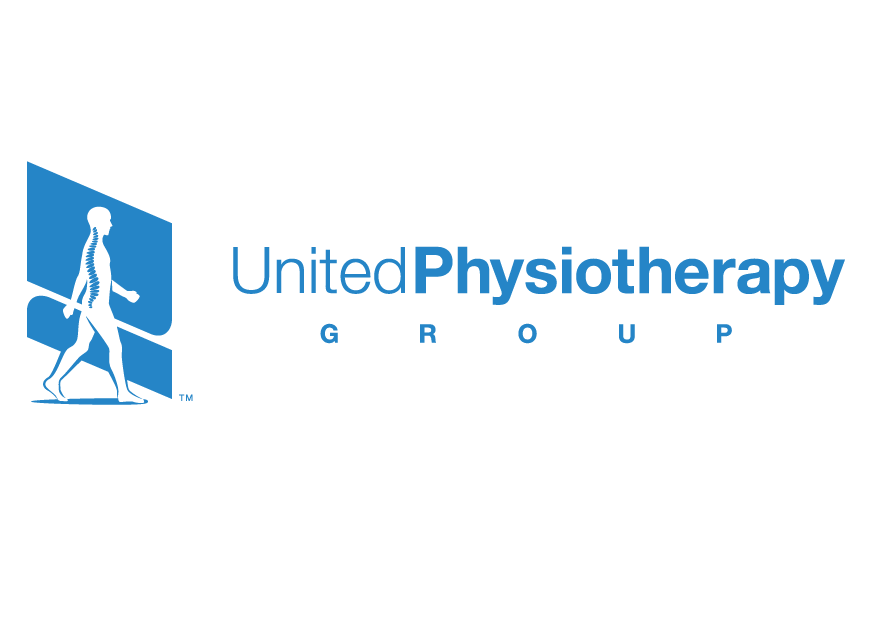Don’t underestimate ankle sprains!
Over my 20 year career as a physiotherapist, I’ve seen a fair share of ankle sprains in private practice, community care and in residential aged care.
Ankle sprains are extremely common and are almost seen as “routine” in sport, especially those involving changes of direction. Ankle sprains are also common when elderly people overstep and fall and can lead to longer recovery times and deterioration in their standing balance.
Unfortunately, these injuries are often not rehabilitated completely and can lead to all sorts of continual problems. Anatomically as a refresher, most commonly injured are the ligaments on the outside of the ankle, namely the specific band called the anterior talo-fibular ligament, or ATFL for short. This band of fibrous tissue limits plantarflexion (pointing the foot down) and inversion (turning the foot inwards). Luckily, should it be damaged through an ankle sprain, it has a good capacity to heal and for scar tissue and there are other surrounding ligaments which still provide good stability.
Here’s a trap for young players: beware of just resting and waiting for a simple ankle sprain to resolve. A number of studies have shown that high level balance and proprioception (ability to sense and react to various positions in standing) DO NOT come back on their own (Hiller et al., 2011).
This leaves the athlete and particularly the elderly patient with a potentially unstable platform and the consequences can vary, including:
Recurrent sprains, leading to chronic instability and early degenerative changes
Altered movement patterns
Compensation further up the “chain” ie: knee or hip problems which also increases falls in the elderly
Increased risk of acute knee injury, such as an ACL rupture in the athlete when returning back to competitive games
At UPG Studio, our physiotherapists can provide a well-designed rehabilitation and reablement programs (Postle, Pak and Smith, 2012) which is critical and help to avoid recurrence and reduce the risk of the above. We have specific reablement programs designed by physiotherapists at UPG Studio that focuses on enhancing an individual’s rehabilitative potential through the prescription of active and short-term restorative programs which have been shown to provide many benefits to the older people living at home as well as athletes.
These restorative programs include restoring full movement and strength which is a given. But close attention should be given to proprioceptive and neuromuscular retraining. My best three high level balance exercises are included below. (Please note, these should only be done when pain and swelling have subsided and please consult a physiotherapist for further guidance if required)
Bosu ball drills
Standing on the injured side and balancing on the flat side
Hopping and rotating on the ball side
Hopping and landing challenges
Create challenges such as jumping over a stick and landing on a mark
Jumping and landing between two objects
Shuttle runs
Make sure you turn through both directions, with increasing speed
Our Physiotherapists at UPG studio have experience in the assessment, treatment and management of ankle sprains. We ensure a comprehensive assessment is completed not just for the symptoms presented, but also addressing the underlying causes and contributing factors. Our detailed rehabilitation plans and physfit programs are tailored to each individual to ensure the best possible outcome.
Written by James Nguyen Founder, Managing Director & Head Physiotherapist- United Physiotherapy Group
References:
Characteristics of people with recurrent ankle sprains: a systematic review with meta-analysis (Claire E Hiller, Elizabeth J Nightingale1, Chung-Wei Christine Lin, Garrett F Coughlan, Brian Caulfield, Eamonn Delahunt) - Br J Sports Med doi:10.1136/bjsm.2010.077404
Effectiveness of proprioceptive exercises for ankle ligament injury in adults: A systematic literature and meta-analysis - K. Postle, D. Pak, T.O. Smith, - Manual Therapy
Volume 17, Issue 4, August 2012, Pages 285–291
About James Nguyen
James is the Managing Director and Head Physiotherapist at United Physiotherapy Group.
With over 20 years experience in private practice & sporting settings, he is dedicated to the holistic management of complex chronic spinal, pelvic and lower limb issues.

